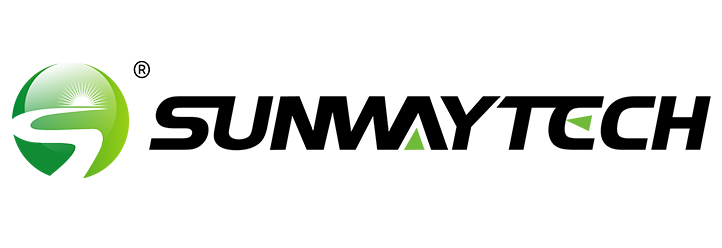Table of Contents
Toggle
01 Electricity necessary for computing power
Open source data shows that in 2020, the Huawei Cloud Qinghai Hainan Data Center, which can accommodate 1.33 million standard servers, consumes up to 5.7 billion kilowatt hours of electricity every year. According to other media, Huawei’s Guizhou big data center saves an average of more than 600 million yuan in electricity bills every year, which shows its high energy consumption.
According to the International Uptime Association, one of the global data center standards organizations, the proportion of artificial intelligence businesses in global data center electricity consumption will soar from 2% to 10% by 2025.
On March 1, the International Energy Agency’s (IEA) Clean Energy Market Monitor report also confirmed the above view: in 2026, electricity consumption in the data center, artificial intelligence and cryptocurrency industries may double. The rapid development of these high-tech and digital fields has a significant impact on the demand for electricity, further driving the growth of global electricity consumption.
02 Optical storage balances new power demand
Data from the International Energy Agency’s 2024 Electricity Report show that global electricity demand has experienced substantial growth in 2023. And it is expected that global electricity demand will grow at a faster rate in the next three years (including 2024).
As the scale of new energy power generation continues to grow rapidly, new energy storage is entering a period of large-scale development. As an indispensable link in the four major links of power grid operation – source, grid, load and storage, new energy storage is not only a necessary technical support for the power system and electric energy production and consumption but also a core technology for the consumption of clean energy. To a large extent, it solves the problems of randomness and volatility of clean energy power generation, achieves smooth output of clean energy power generation, and effectively regulates the changes in grid voltage, frequency and phase caused by clean energy power generation, making large-scale wind power and photovoltaic The generated electricity can be easily and reliably integrated into the conventional power grid.
Driven by policies, combined with rigid market demand and the rapid growth of global clean energy installed capacity, the future power system must be sufficiently “flexible” to adapt to the new normal of a high proportion of clean energy. In this transformation process, new energy storage will undoubtedly become one of the key supporting technologies for a high-proportion clean energy power system in the future due to its ability to shift electrical energy in time and space.
03 Computing power creates a new blue ocean of “data storage”
Microsoft’s Dublin data center is equipped with energy storage UPS. Google’s Belgian data center is equipped with 5.5MWh of lithium battery energy storage. Some people in the industry believe that in order to reduce power consumption and improve power utilization, data centers must configure energy storage to meet energy consumption needs. This direct distribution and storage application not only reduces costs but also increases additional data center revenue through ancillary services such as peak and frequency regulation.






